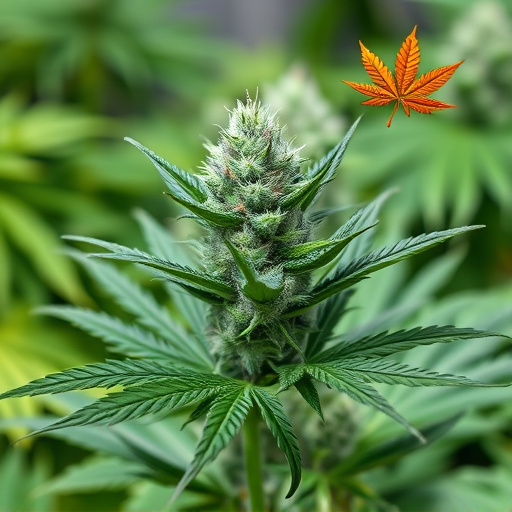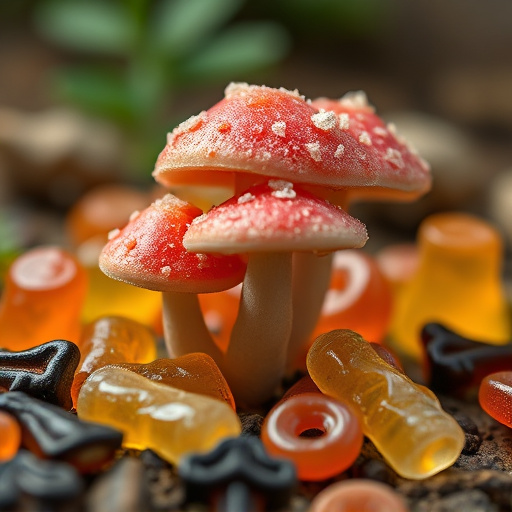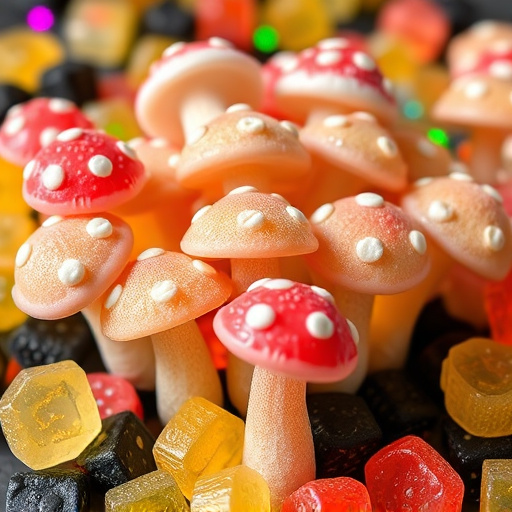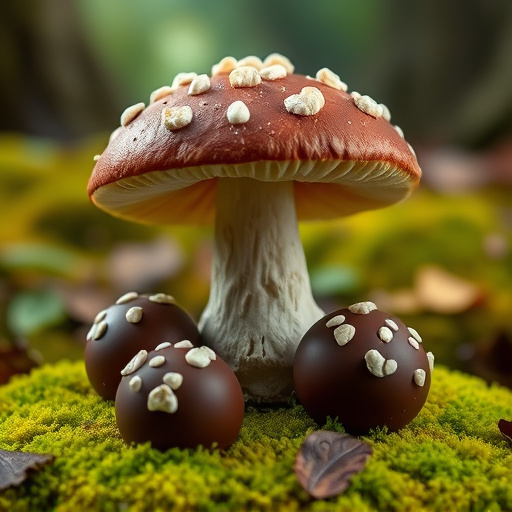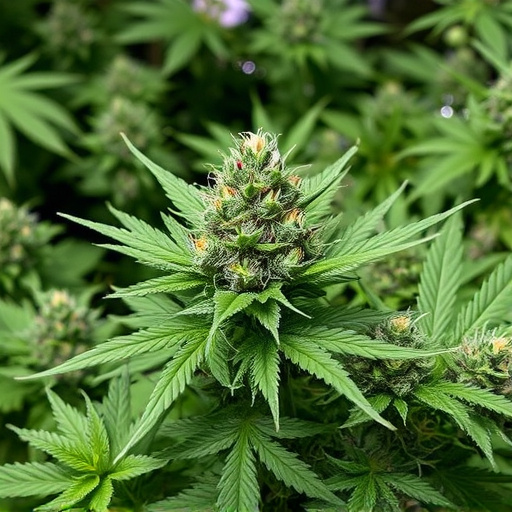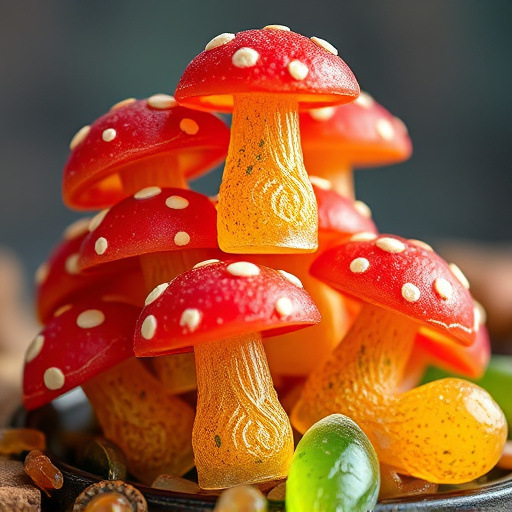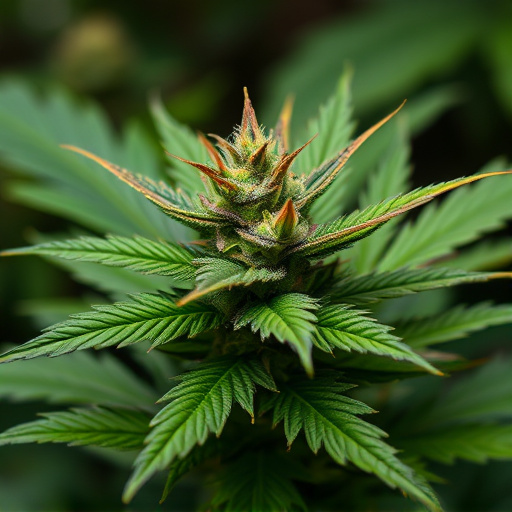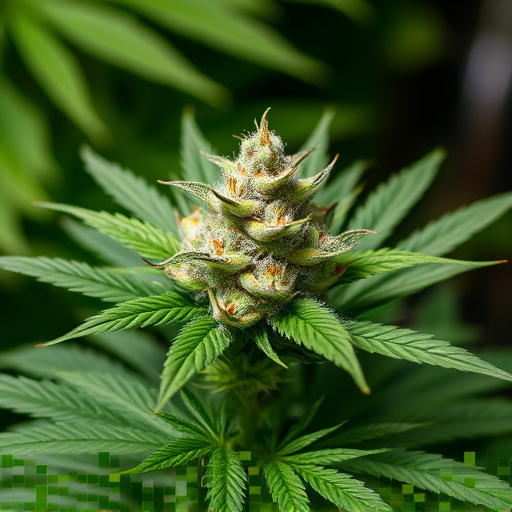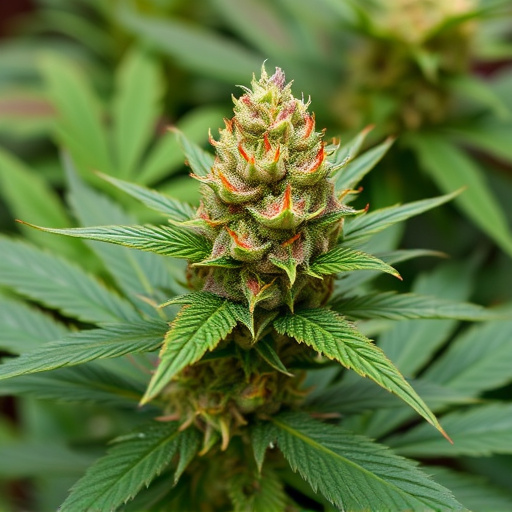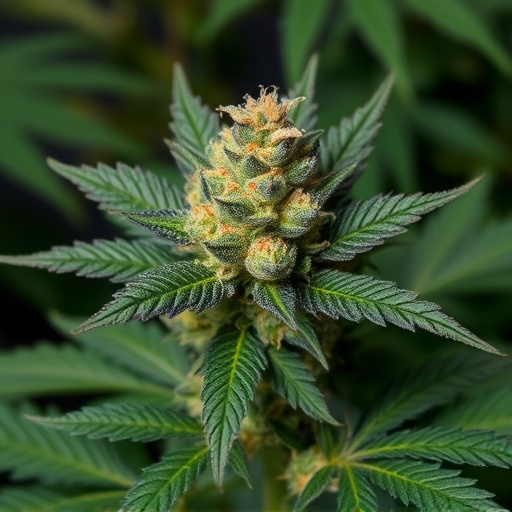Cannabis' diverse scents result from hundreds of volatile organic compounds (VOCs), allowing for distinct aromatic profiles that define good indica strains known for their calming effects. Our noses' olfactory receptors detect these compounds, translating into neural signals that enable scent perception. Understanding this chemical composition enhances our appreciation of cannabis aroma and guides breeding programs in developing new good indica strains with desirable scent characteristics. Indica strains, prized for their relaxing properties, often exhibit earthy and aromatic profiles featuring subtle notes like pine, musk, or citrus. The unique aroma is a complex interplay between genetics and environment, with terpenes playing a key role in producing familiar scents. Proper cultivation techniques are crucial for maximizing these desirable compounds, ensuring high-quality good indica strains.
Uncover the enchanting world of cannabis aroma, where each strain weaves a unique olfactory experience. This article delves into the intricate science behind the captivating scents, exploring the chemical composition that gives cannabis its distinct character. We dissect the aromatic profiles of renowned good indica strains, revealing the factors shaping their fragrance. From terpene profiles to environmental influences, discover the secrets that contribute to the diverse and captivating aromas in cannabis flowers.
- The Science Behind Cannabis Scent: Unlocking the Chemical Composition
- Good Indica Strains and Their Aromatic Profile
- Factors Influencing Aroma Development in Cannabis Flowers
The Science Behind Cannabis Scent: Unlocking the Chemical Composition
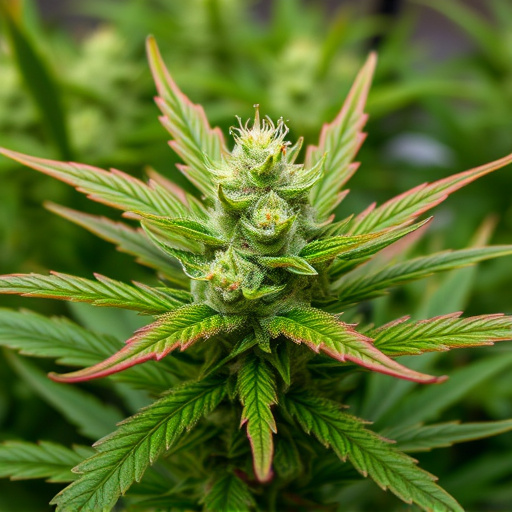
The Science Behind Cannabis Scent: Unlocking the Chemical Composition
Cannabis aroma, often described as its unique fragrance or scent, is a complex interplay of various chemical compounds within the plant. Scientists have identified hundreds of volatile organic compounds (VOCs) that contribute to the diverse range of smells associated with cannabis. These VOCs are responsible for the distinct notes and profiles that differentiate one strain from another, including the popular good indica strains known for their soothing and relaxing effects. The process by which these scents are perceived involves a complex interaction between the plant’s chemistry and our sense of smell.
When we sniff cannabis, the tiny hair-like structures in our nostrils, called olfactory receptors, detect these VOCs. Each receptor is sensitive to specific compounds, triggering neural signals that interpret and translate these chemicals into the aromas we experience. This intricate process allows us to discern between different strains and their subtle nuances. Understanding the chemical composition of cannabis not only enhances our appreciation of its aroma but also plays a crucial role in breeding programs aimed at developing new good indica strains with desirable scent profiles.
Good Indica Strains and Their Aromatic Profile
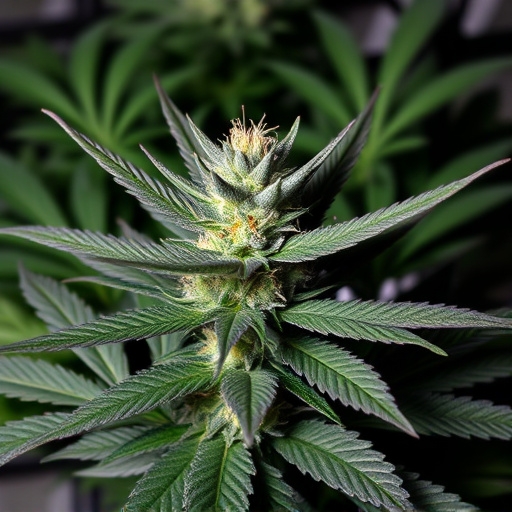
Indica cannabis strains are renowned for their soothing and relaxing effects, making them a popular choice among those seeking relief from stress and anxiety. In terms of aroma, good indica strains often exhibit a rich and earthy profile. Expect to detect subtle notes of pine, musk, or even sweet citrus. These scents create a calming atmosphere, mirroring the plant’s therapeutic properties.
Some of the most sought-after good indica strains include Granddaddy Purple, known for its deep purple hues and aromatic blend of berries and spice, and AFG (African Gold), offering a unique combination of earthy and fruity aromas with hints of lemon and pine. These strains exemplify the diverse and captivating scents that indicate quality and potential therapeutic benefits.
Factors Influencing Aroma Development in Cannabis Flowers

The development of cannabis aroma is a complex process influenced by various factors, especially during the flowering stage. One key determinant is the genetic makeup of the plant itself—different strains, whether good indica strains or sativa varieties, possess unique aromatic profiles due to variations in terpene and cannabinoid production. Terpenes, aromatic compounds responsible for many familiar scents, play a significant role in shaping the overall fragrance of cannabis flowers. Their levels and types can vary widely between strains, contributing to distinct characteristics like citrusy, herbal, fruity, or earthy aromas.
Environmental conditions also significantly impact aroma development. Factors such as temperature, humidity, light exposure, and growing medium influence terpene synthesis and concentration. For instance, cooler temperatures tend to promote the production of certain terpenes associated with more robust, pungent scents, while warmer climates may result in a milder, sweeter aroma. Proper cultivation techniques, including timing and duration of flowering, are essential for maximizing the expression of these desirable aromatic compounds, especially when aiming for high-quality good indica strains known for their potent and delightful fragrances.
Cannabis aroma is a multifaceted phenomenon, shaped by the intricate interplay of its chemical composition and environmental factors. Understanding these elements, from the scientific basis to strain-specific profiles and development influences, equips us to appreciate the diverse aromas offered by good indica strains. By deciphering these scents, cultivators can enhance harvests and provide users with more nuanced experiences, making knowledge of aroma determination a key tool in navigating this ever-evolving cannabis landscape.
